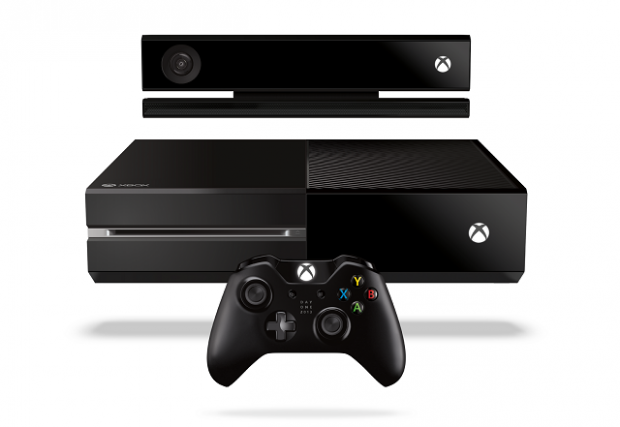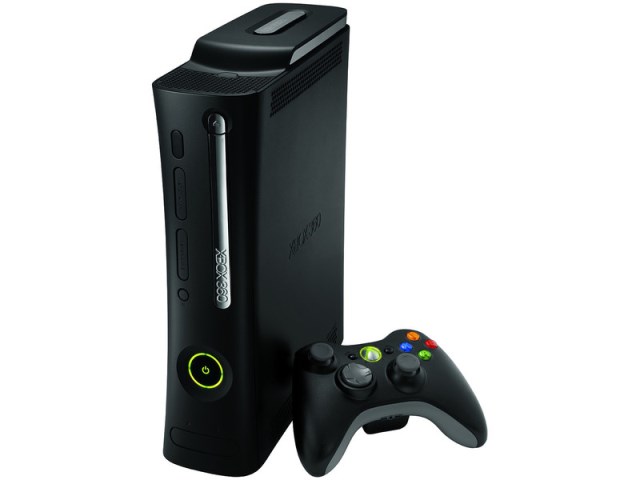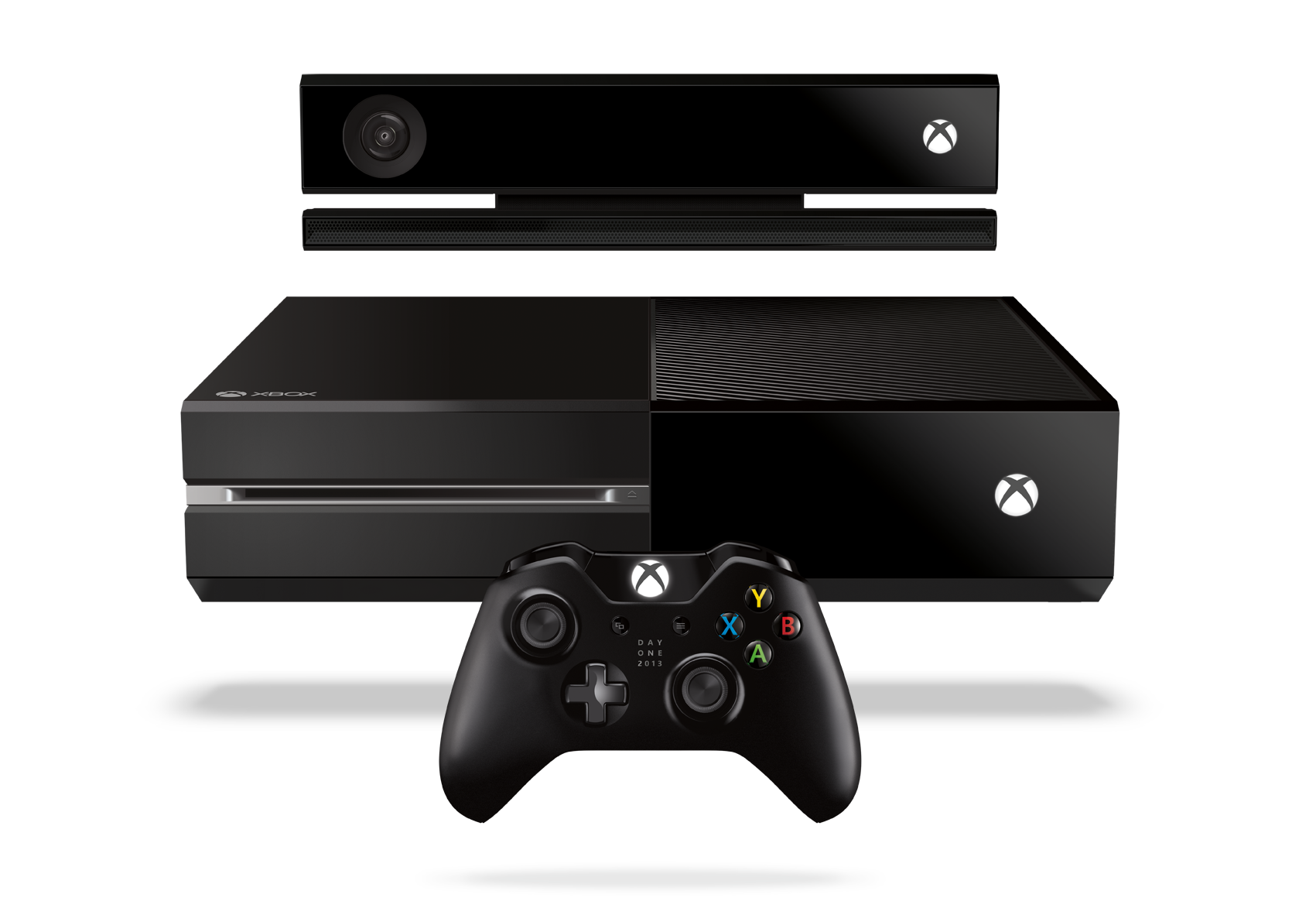 12 years ago
12 years ago
Xbox One: Should you wait or should you buy?
With the Xbox One set to launch in only a few days (November 22, 2013), it’s time to take a deeper look at what the console offers at launch and whether its initial wave of features and games makes an immediate Xbox One upgrade right for you or if you should hold off for a while until the console’s feature set and game library has grown. To do so, XBLAFans will look at what the console will have to offer on November 22 and attempt to determine whether or not that launch offering makes sense for you.
Do you consider yourself a tech trendsetter?
Are you one of those people who always have to have the newest tech? Do you constantly upgrade your phone to the latest version in order to stay up to date with ever-changing technology? If so, then the Xbox One is for you. After eight long years with the 360, the next generation of living room gaming is truly about to commence (sorry, Wii U, we still love you for what you are) and you shouldn’t let yourself get left behind. If the console’s recently updated specs weren’t enough to convince you, then the new UI walkthrough might be the final push you need. The video will show you how the Xbox One will change not just your gaming experience, but your overall home entertainment experience for years to come.
Microsoft has done with the Xbox One and Kinect what no other console has been able to achieve: it has solved the problem of navigating a UI on a TV from the comfort of a couch. From the very inception of consoles, it was evident that a mouse and keyboard were awkward to use while sitting on a couch, which led to the introduction of the controller. For many years the controller was a brilliant way to game, and it’s still an integral part of today’s gaming experience. However, as consoles have grown from pure gaming systems into entertainment hubs, current-gen console UIs have grown clunky, their menus becoming unmanageable. With the Xbox One, all of that clunkiness is gone; you can switch from app to game to TV to Skype within seconds all with the power of your voice. Nothing about Microsoft’s incoming console says next-gen more than its new UI.
Straw Poll Wednesday: Are you buying an Xbox One?
The Xbox One is finally here! In a couple more days, you’ll finally have your hands on the sweet and slick next generation of games……or maybe not? Are you excited …
Read More
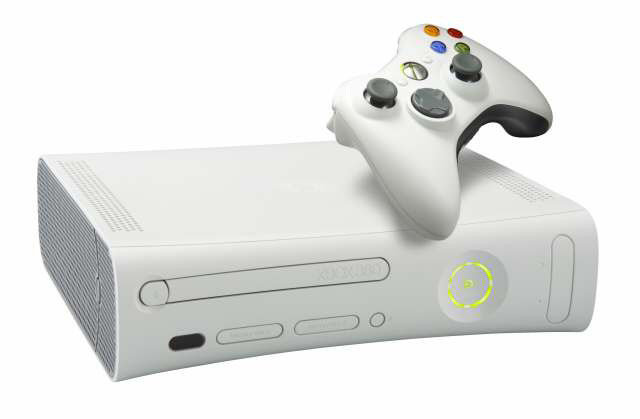 12 years ago
12 years ago
Dear Xbox 360, I’ll miss you
Dear Xbox 360,
Where to begin? How do you start something like this? Is there any “right” way to do it? I don’t think there is. Maybe by saying that I’m sorry? Yeah, a sincere apology feels right. It’s not the type of sincerity you express at the end of a cover letter to someone you’ve never met in your life and couldn’t possibly have sincere feelings for, mind you; it’s the kind that means something, as you have meant much to me these past eight wonderful years. I know I’m rambling now, but this isn’t easy for me. What I’m trying to say is, I sincerely apologize, Xbox 360. I’m sorry, but it’s time to move on. It’s not you, but it’s not me, either — it’s that dark temptress known as the next generation.
Know that we now head down different paths not necessarily because of some sort of monumental “paradigm shift,” but rather because it is simply the way of things. This is how it has to be, and we both knew this day was coming the morning I brought you home from Best Buy after waiting in line overnight for somewhere in the neighborhood of 15 hours. It was cold, and it was raining. I had to take time off from the crummy Postal Service job I was working at the time to do it, but I did it for you, and, given the chance, I’d do it all over again.
Do you remember that morning? You were sitting cozily inside the heated store; you didn’t know me yet, but I was sitting on the pavement with four or five layers of clothing on when it happened. The man in the blue shirt and yellow name tag got to my point in the line, and he gave me ticket number 41 — out of 42. I was both relieved and horrified all at once. My efforts to brave the elements would not go to waste. I would take a shiny new Xbox 360 home with me that day. I would take you home, but, truth be told, you weren’t the one I wanted. Sorry again, but I had eyes for another.
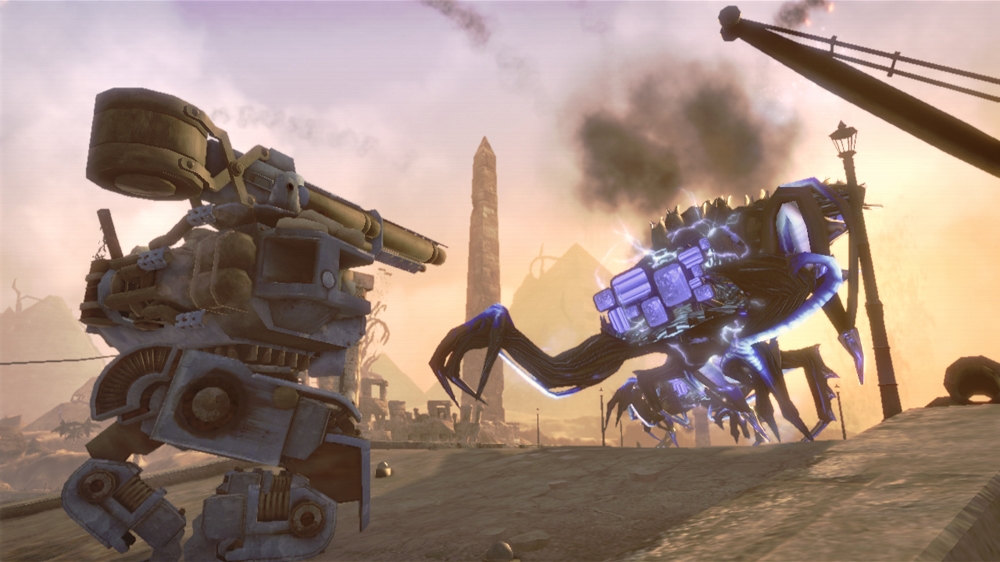 12 years ago
12 years ago
Best of the rest: Iron Brigade
Last week, XBLAFans ran down the 25 best XBLA games to be released on the Xbox 360. This week, some of the games that didn’t make the cut get …
Read More
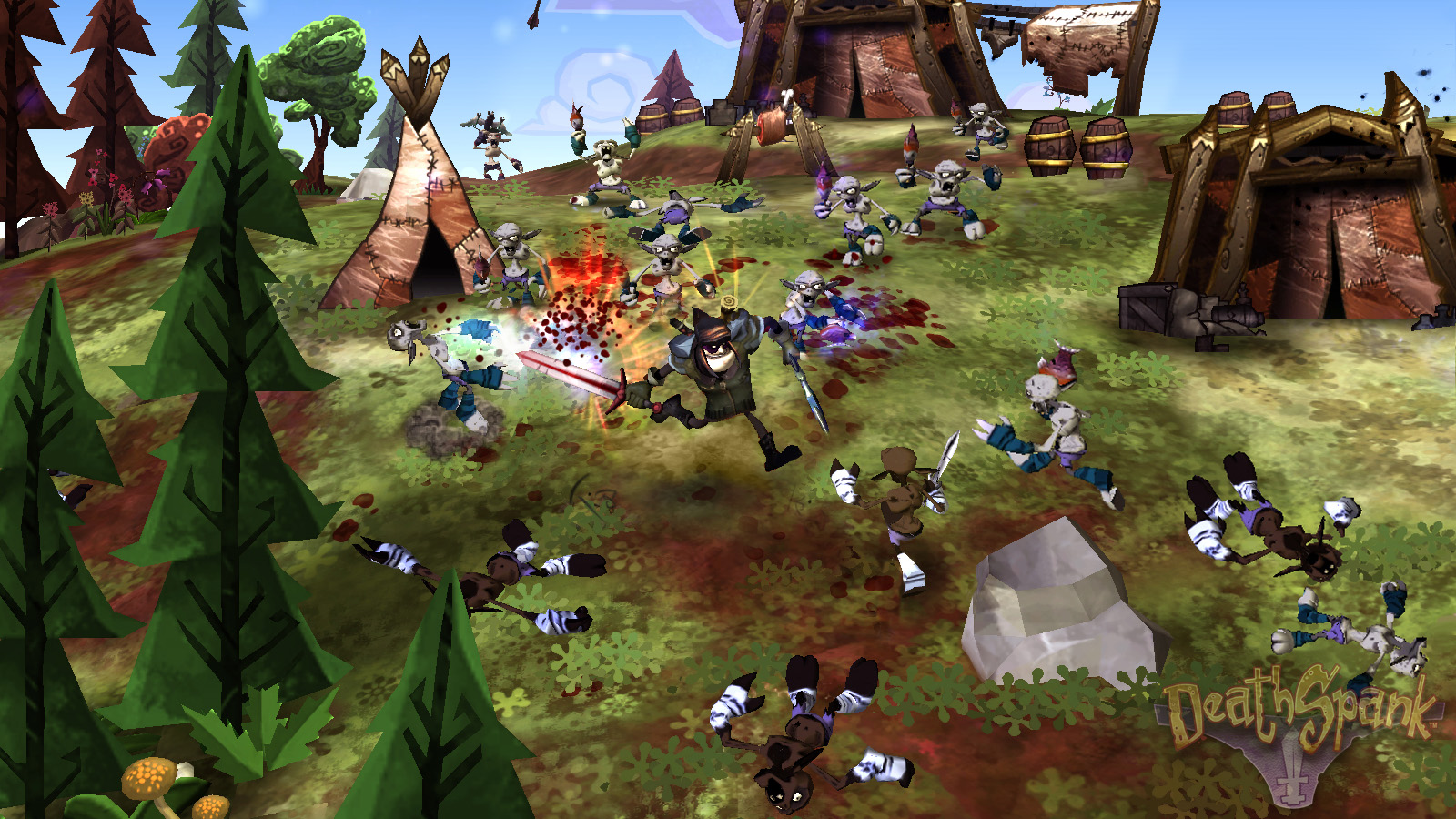 12 years ago
12 years ago
Best of the rest: DeathSpank
Last week, XBLAFans ran down the 25 best XBLA games to be released on the Xbox 360. This week, some of the games that didn’t make the cut get …
Read More
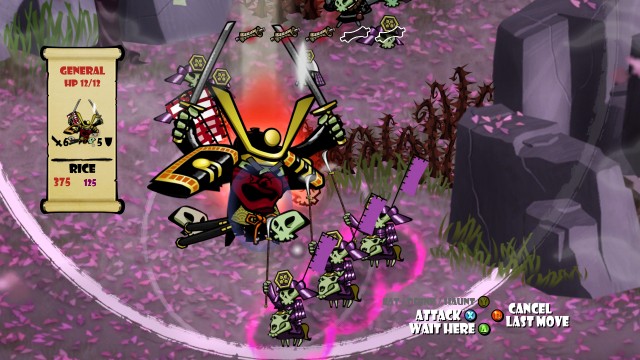 12 years ago
12 years ago
Best of the rest: Skulls of the Shogun
Last week, XBLAFans ran down the 25 best XBLA games to be released on the Xbox 360. This week, some of the games that didn’t make the cut get …
Read More
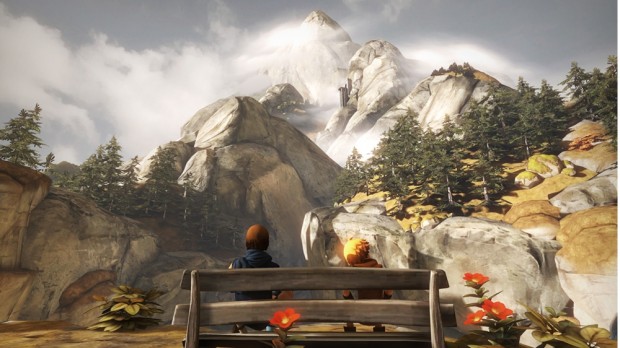 12 years ago
12 years ago
Best of the rest: Brothers: A Tale of Two Sons
Last week, XBLAFans ran down the 25 best XBLA games to be released on the Xbox 360. This week, some of the games that didn’t make the cut get …
Read More
Best of the rest: NFL Blitz
Last week, XBLAFans ran down the 25 best XBLA games to be released on the Xbox 360. This week, some of the games that didn’t make the cut get …
Read More
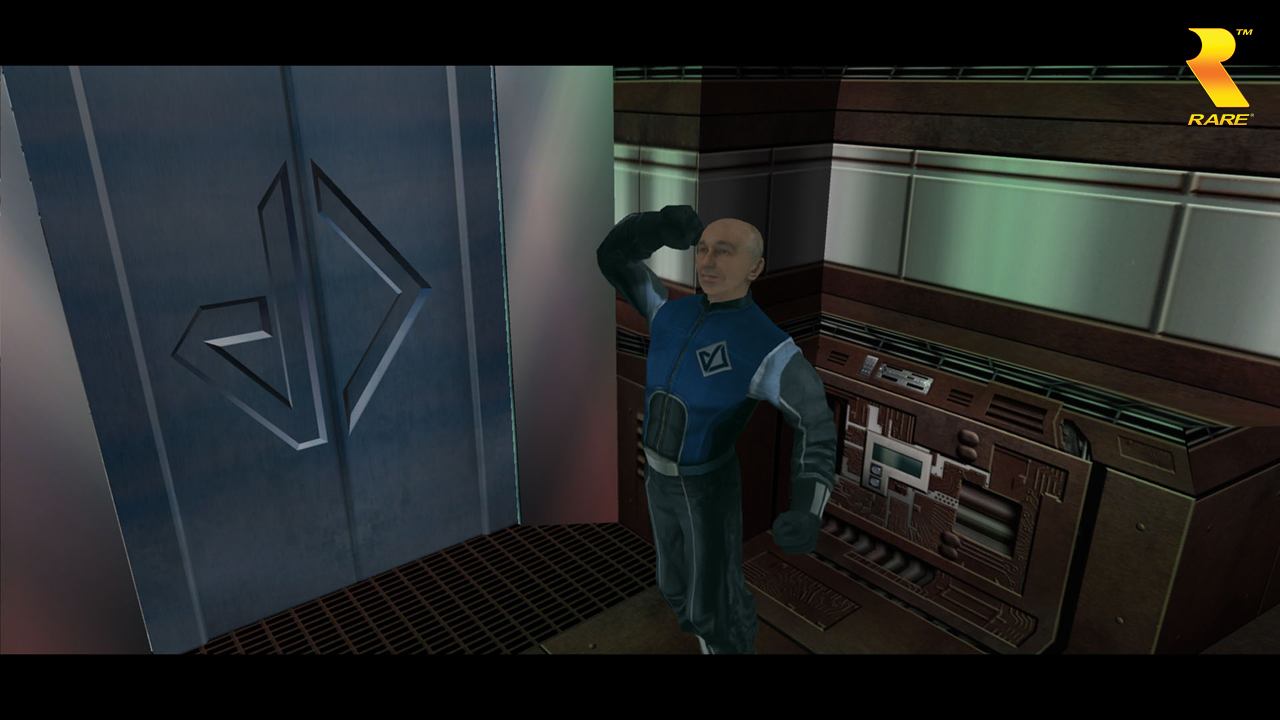 12 years ago
12 years ago
Best of the rest: Perfect Dark HD
Last week, XBLAFans ran down the 25 best XBLA games to be released on the Xbox 360. This week, some of the games that didn’t make the cut get …
Read More
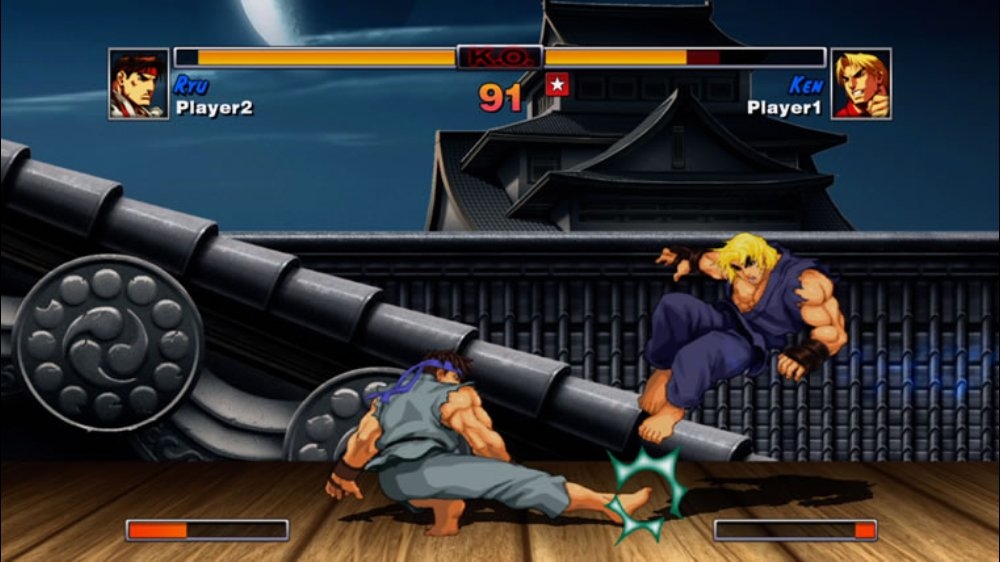 12 years ago
12 years ago
Best of the rest: Super Street Fighter II Turbo HD Remix
Last week, XBLAFans ran down the 25 best XBLA games to be released on the Xbox 360. This week, some of the games that didn’t make the cut get …
Read More

